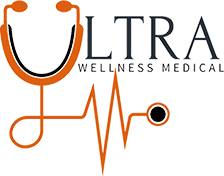I have talked in some past posts about what preventative medicine looks like in relation to heart disease, but I wanted to revisit this with a few comments. Heart disease is still the number one killer in the U.S. and despite advances in medication, our ability to treat cardiovascular disease, for some 30 + percent of people, the first presentation or symptom of heart disease comes too late with sudden death and no pre-warning symptoms. In fact, it might come as a surprise, but over 50% of cardiovascular events happen in people less than 65. Autopsy studies on young individuals who died of non-cardiac causes have shown that vascular disease of the heart can be found in teenagers and even more aggressive changes present as early as 20-30 years of age in some individuals.
Factors that contribute to heart disease include a strong family history of heart disease at an early age, elevated cholesterol, hypertension, diabetes, smoking, obesity, lack of exercise, stress, chronic inflammation states, possible environmental toxin exposures, nutritional deficiencies such as low omega-3 indices, micronutrient deficiencies, and possibly suboptimal hormone levels.
So how can we risk stratify individuals to see if they are at higher risk for heart disease? With heart disease, the goal is more early detection and early intervention to slow down the process of vascular disease. In the majority of medical practices today, there is little effort to individualize care and do what I term "risk stratify individuals". Instead, basic cholesterol labs are often checked, and if elevated, you will likely be told by a nurse on the phone to start a cholesterol medication, "watch diet" (for whatever that means) and re-peat some follow-up labs in 2-6 months. Beyond that, good luck.
At Ultra Wellness Medical, we take a different approach. Looking at a multitude of factors like past and current medical history, family history, past environmental exposures, current lifestyle factors, detailed in-office 3D body composition and body fat analysis, more comprehensive cardiovascular lipid labs, use of blood genetic markers to evaluate risk of heart disease, and cardiac CT imaging in certain individual, our goal is to formulate a treatment plan to decrease the risk of vascular disease in the future. As with any plan, success requires a team approach from the patient to the medical staff. My goal is to educate, provide support, accountability, and use modalities such as prescription medication when appropriate, nutritional supplements, diet, and lifestyle modalities to aggressively reduce the risk of cardiovascular disease.


